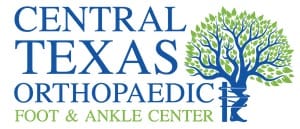Common Diagnoses:
Tight or Contracted Gastroc
Overview
Tight calves can be uncomfortable and cause difficulty walking. Tight muscles may result from overuse or cramps, but several treatments and stretches can help you get relief.
The calf muscles, or gastrocnemius and soleus muscles, are behind the shin bone, just above the ankles. They pull the heel up when a person is walking, running, or standing.
There are many possible reasons why the calf muscles might feel tight and uncomfortable. Keep reading for more information about the possible causes of tight calves and ways to treat or prevent them.
Symptoms
Tight calves may feel hard to touch. The muscles may twitch slightly or feel warm from the inflammation. They can be painful, particularly when under pressure.
There can be cramping in some cases. The cramps will cause further pain, even when there is no pressure on the calf.
If the tightness is the result of a strain, overuse, or injury, other symptoms might include:
- swelling and bruising
- sudden sharp pains
- difficulty flexing the toes
- muscle fatigue in the calves
Diagnosis
Purpose
The Silfverskiöld test commonly used to identify isolated gastrocnemius contracture associated with several foot and ankle pathologies was first described by Nils Silfverskiöld. The Silfverskiöld test differentiates gastrocnemius tightness from an achilles tendon contracture by evaluating ankle dorsiflexion with the knee extended and then flexed.
Technique
It measures the dorsiflexion (DF) of the foot at the ankle joint (AJ) with knee extended & flexed to 90 degrees. The test is considered positive when DF at the AJ is greater with knee flexed than extended.
The test is performed with the patient seated or in supine. Two hands are utilized to perform the technique, with one hand neutralizing and locking the subtalar (ST) joint and the other stabilizing the talonavicular (TN) joint and forefoot in order to isolate the ankle joint motion. With the subtalar joint (STJ) in neutral, forefoot is supinated and foot is dorsiflexed with knee in full extension. Measurement is taken of the DF range. Then the test is repeated with knee flexed at 90 degrees.
Less dorsiflexion with a soft and spongy feel when the knee is extended, indicates a gastroc contracture and equally limited DF with the knee flexed and extended, points to either a soleal equinus or an osseous block.
Treatment Options for Tight or Contracted Gastroc
Treatment
Your surgeon may perform this surgery through several different incisions. Most commonly, a small incision is made on the inner side of the lower leg. Sometimes an incision directly in the back of the calf is used, or even an endoscopic incision, which is about ½ inch. Once the gastroc tendon is identified, it is separated from the underlying muscle belly of the soleus, then cut straight across. Once the tendon is released, the ankle is flexed up and an increased range of motion is noted intraoperatively.
Recovery
For the first two weeks after surgery, the patient typically is immobilized in a splint or boot. It is important to keep the ankle in a proper position while the tendon is healing. A cramping feeling in the back of the calf is normal. Gentle range of motion and stretching exercises begin once the ankle is removed from the splint/boot. Timing can vary depending upon the other procedures that are performed.

